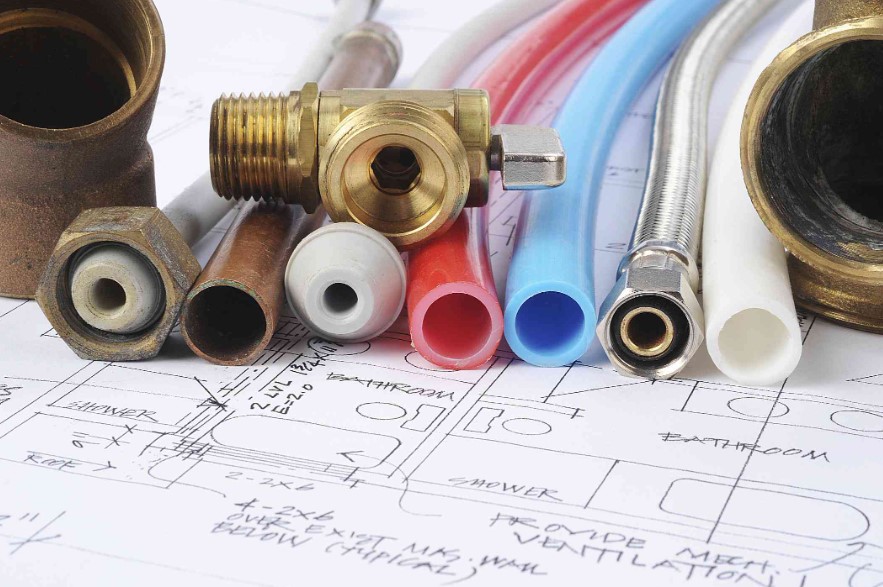
Plumbing is a system of pipes and fixtures installed in buildings to distribute and use potable water and remove waste.
It is an essential part of any building as it provides clean, fresh water and ensures that waste is removed from the building. In this way, it helps manage resources and prevents the outbreak of diseases.
Water Supply
The water supply system is a closed system of pipes that circulate clean (potable) or black and gray (waste) water in the building. The building infrastructure must provide a safe, adequate, and sustainable water supply.
The essential components of a water supply system are the source, treatment, and distribution of water to various users and buildings. Water sources include groundwater (aquifers) and surface water such as rivers, lakes, or the sea through desalination.
Once the water is supplied, it may be used for drinking, cleaning, irrigation, or other purposes. The water may be provided directly from the source or through a storage reservoir and by gravity.
Water supply systems are metered, and a portion of water production and distribution costs is recovered from tariffs, which can take many forms. These include volumetric (per-use) charges, fixed monthly charges, or combinations.
Drainage
Whether a building is residential, commercial, or industrial, it is necessary to have a Lexington plumbing system to distribute drinking water and wastewater from toilets and drains. This is why the drainage system has to be robust and well-designed.
A drainage system removes excess water from the soil, groundwater, or surface drains on a property. It is a complex network of pipes that directs water to an outlet.
The primary purpose of a drainage system is to remove excess moisture and debris from the soil or groundwater, preventing damage to buildings or foundations and improving plant growth. It can also help control flooding.
A typical drainage system consists of central, sub-main, and lateral drains. Each drain removes excess water from a different area of the soil.
Ventilation
Lexington plumbing systems are made up of two separate parts: the drainage and vent systems. The drain system moves waste out of your house to the city sewer or septic tank, and the vent system removes gases and odors.
The ventilation system is a vertical pipe that goes through your home’s roof, allowing air to enter and exit the building. It also helps ventilate the drainage pipes and prevents a vacuum from forming that causes slow or no drainage.
There are different types of vent pipes based on what the system needs to do. They include actual vents, individual fixture vents, and air admittance valves.
Energy
Plumbing is a network of pipes that conveys fluids from one place to another. It is used for heating, cooling, waste removal, and potable water delivery.
The primary function of a building’s plumbing system is to supply clean, safe drinking water. It also collects and disposes of sewage, which is sewage mixed with human waste.
It is essential for a building to have a Lexington plumbing system to protect the health and safety of its occupants. In addition, a commercial building’s plumbing system is necessary to maintain the structural integrity of the building and help it run smoothly.
It also helps to ensure the proper flow of wastewater, which prevents backflow and unnecessary flooding. Its components include pipes, valves, pumps, and a sewage treatment plant or a septic tank.






